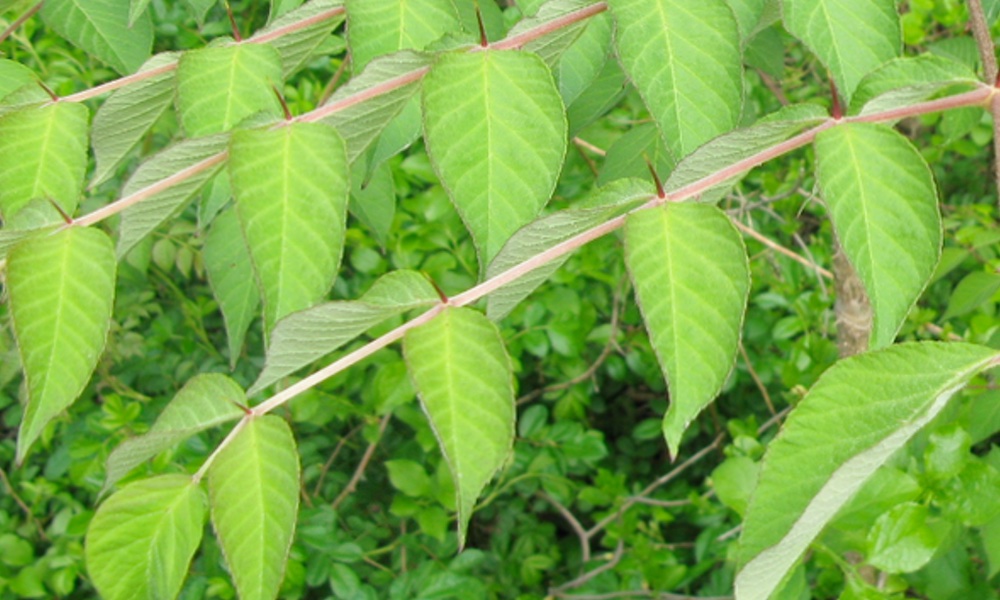If you think alternative, plant-based medicines sound too far out or too good to be true, the results of a new study in the journal Scientific Reports may persuade you otherwise. Three plants used medicinally during the Civil War were all found to be extremely promising in their ability to fight against bacteria that are becoming increasingly difficult to treat with modern antibiotics.
White oak, tulip poplar and devil's walking stick were the three plant-based antiseptics studied by the Emory University researchers. All were used by the Confederacy when blockades prevented doctors from getting typical medicines, which at the time were mostly things like iodine and bromine.
About one in 13 soldiers came home from the Civil War missing a limb, usually because infection had made amputation necessary. “I've always been a Civil War buff,” said author, Daniel Zurawski, in a statement, adding, “I am also a firm believer in learning everything we can garner from the past so we can benefit now from the knowledge and wisdom of our ancestors.”“There are many more ways to help cure infections, and we need to focus on them in the era of drug-resistant bacteria.”
Three types of bacteria were exposed to the plant extracts: Aceinetobacter baumannii is often known as “Iraqibacter,” since it was an infection frequently acquired by troops in the Iraq War. It has shown resistance to first-line antibiotics and “[is] emerging as a major threat for soldiers recovering from battle wounds and for hospitals in general,” according to study author Cassandra Quave.
The second was Staphylococcus aureus, which many know as MRSA, a potentially deadly form of staph that's sometimes acquired in hospitals. Klebsiella pneumoniae is also a common cause of hospital infections and can be life-threatening.
Extracts from the white oak and tulip poplar inhibited the proliferation of S. aureus; the white oak extract also inhibited the growth of the other two bacteria. Extracts from these two plants also stopped S. aureus from forming biofilms, which is one of the main ways the bacteria resist antibiotics.
Extracts from the devil's walking stick was also effective against S. aureus in two ways: it inhibited both biofilm formation and a signaling system that staph bacteria use to become more virulent.
The Confederate army may have used plants because not much else was available. These days, despite availability, bacteria are evading our modern methods more and more, so researchers have to be creative in developing new — or discovering old — strategies. “There are many more ways to help cure infections,” said Quave, “and we need to focus on them in the era of drug-resistant bacteria.”





